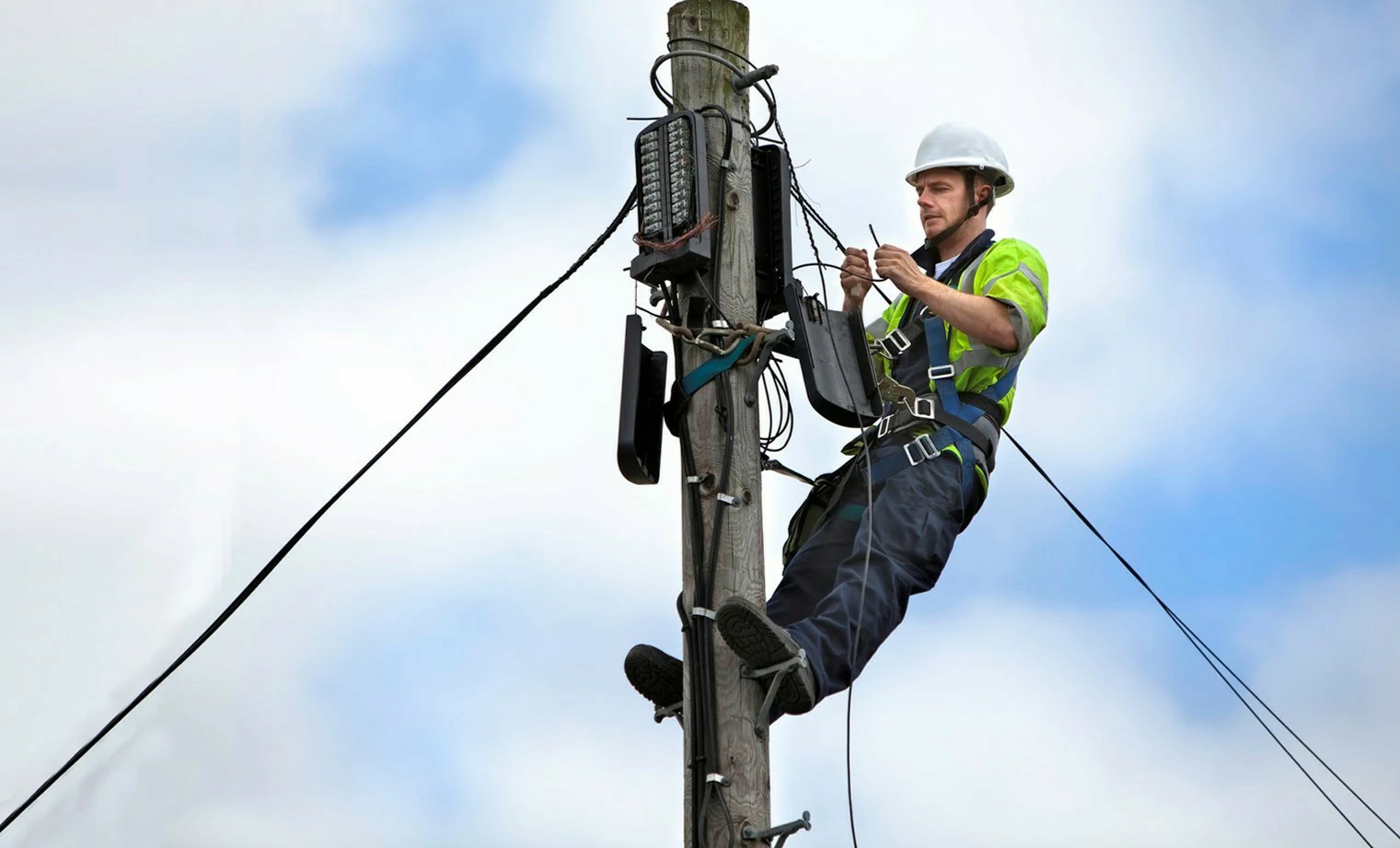Navigating Weather Challenges: Ensuring Safety While Working at Heights
Working at heights is inherently hazardous, and adverse weather conditions can exacerbate these risks. Understanding how wind, rain, ice, and extreme temperatures affect safety is vital for workers and employers. In this blog, we’ll delve into the intimate relationship between weather and height safety and how thorough Working at Heights Training can mitigate potential dangers.
Impact of Weather Conditions on Working at Heights Safety
Before we explore best practices, let’s discuss how various weather elements can pose risks when working at heights:
1. Wind: The Invisible Hazard
- Instability: High winds can create instability for elevated work platforms or scaffolding, leading to falls or equipment tipping over.
- Distraction: Wind can create noise that distracts workers, increasing the chances of a safety oversight.
- Material Handling: Strong winds can make it challenging to handle materials properly, leading to accidents.
2. Rain: Slippery Surfaces
- Increased Slip Risk: Rain makes surfaces, including ladders and scaffolding, slippery, elevating the risk of falls.
- Visibility Issues: Heavy rain can obstruct vision, making it difficult for workers to see safety hazards.
- Equipment Functionality: Wet weather can affect the performance of power tools and safety equipment.
3. Ice and Snow: A Treacherous Combination
- Increased Fall Risk: Ice creates extremely slippery conditions, increasing the potential for serious falls.
- Loading Stress: Accumulated snow can add extra weight to platforms and structures, risking collapse.
- Cognitive Overload: Workers may feel the psychological impact of harsh weather conditions, causing them to be less vigilant.
4. Extreme Temperatures: Heat and Cold
- Heat Stress: Working at heights in high temperatures can lead to dehydration or heat strokes.
- Cold-Related Illness: Prolonged exposure to cold can cause hypothermia and frostbite, impacting reaction times.
Mitigating Weather-Related Hazards
While weather conditions present challenges, proper training and preparation can help mitigate risks significantly. Here are some best practices to consider:
1. Comprehensive Training
Participating in a certified Working at Heights Course is crucial. Training should cover:
- Identifying weather-related hazards
- Understanding safe working practices in adverse weather conditions
- Using personal protective equipment (PPE) effectively
2. Proper Equipment
- PPE: Ensure all workers wear appropriate non-slip footwear and harnesses. Consider gear suited for weather extremes.
- Tool Safety: Inspect and maintain tools to ensure they function correctly in all weather conditions.
3. Planning Ahead
- Weather Monitoring: Regularly check weather forecasts and adjust schedules accordingly.
- Preparation Protocols: Implementing protocols for when to suspend work due to hazardous weather conditions.
4. Encourage Situational Awareness
Encouraging workers to remain vigilant helps reduce risks associated with unexpected weather changes. Regular toolbox talks can reinforce the importance of awareness among the team.
Conclusion
Working at heights, particularly in adverse weather conditions, requires significant preparation and training. Prioritizing Working at Heights Safety through proper training can save lives and reduce workplace accidents. If you’re looking for a reliable provider for Working at Heights Certification Ireland, consider exploring our detailed programs, including the Working at Heights Online Course and tailored Working at Heights Safety Course options.
For further information, please visit Ireland Safety Training or contact us at [email protected].



 349,500 Offered Certificates
349,500 Offered Certificates
 24/7 Online Training
24/7 Online Training
 Money Back Guarantee
Money Back Guarantee
 Fully Accredited Courses
Fully Accredited Courses
